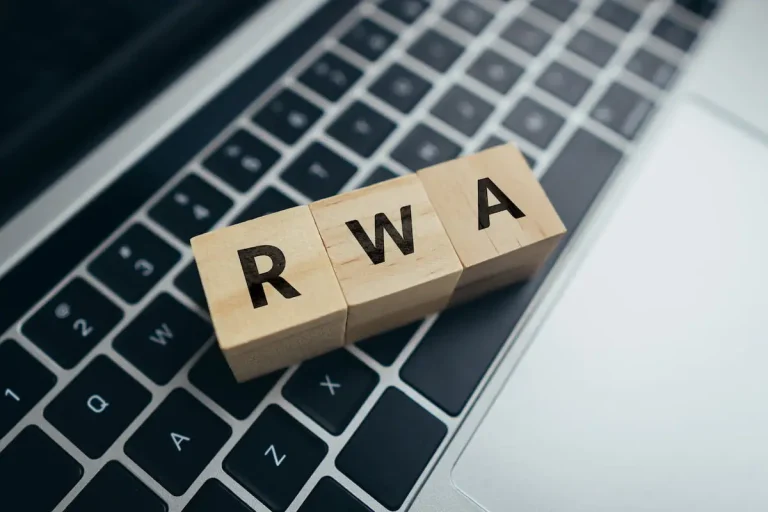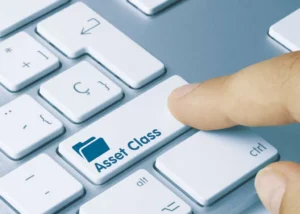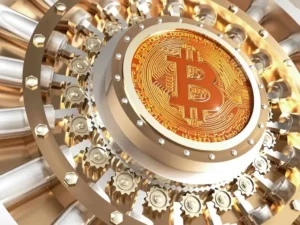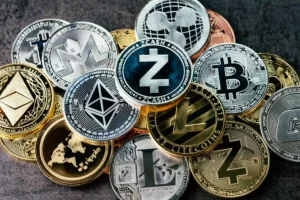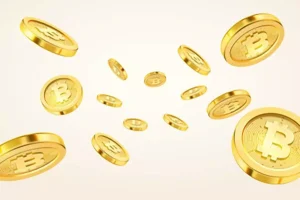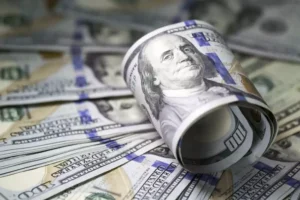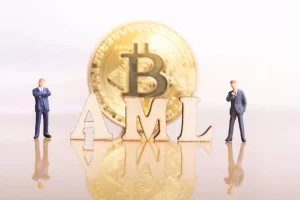Today, we are witnessing how blockchain development sets the tendencies in economics and trade, introducing unique concepts that should change how we view the process of transferring property and assets. One of these innovation concepts is asset tokenization, a procedure that ensures the online format of products and rights on the blockchain. Such a structure not only stimulates the development of new types of investment and financing but also provides secure and precise operations. Let’s talk more about real world assets (RWA) and the profits of their tokenization.
Understanding RWAs
RWAs are tangible or intangible assets with intrinsic value and exist in the physical world. This category includes automobiles, precious metals, real estate, property rights, copyrights, and agreements. Unlike virtual property, RWAs have a physical embodiment or real-world benefit. They also boast extensive experience in the traditional economic industry, serving as collateral, investment vehicles, or resources designed to increase value.
Integrating mainstream assets into blockchain and decentralized finance (DeFi) has been revolutionary. Tokenization allows tangible resources to be presented in the form of tokens on the blockchain so that they can be quickly sold, bought, or exchanged on cryptocurrency exchanges and other portals.


Turnkey Brokerage Solution For Your Business
Get the most profitable fully licensed fx/crypto brokerage software or ready-to-operate business in 48 hours. Best-in-class web & mobile trading platforms, sales-driven CRM, full integration with MT4/5, and 150+ payment providers.
How Blockchain Facilitates Tokenization of Real World Assets?
Tokenization is possible by applying smart contracts, which are self-executing agreements whose terms are encrypted in code. Such contracts are based on the blockchain and are able to finish operations automatically after the selected terms are matched. Regarding resource tokenization, smart contracts are key in transforming physical assets into virtual values.
The tokenization procedure starts with selecting an asset representation structure, which shows how the property will be presented in the system. The most famous options include fractional ownership, where an asset is divided into smaller elements, and full ownership, where each token contains a whole property. The asset is modeled after selecting a presentation model, and its unique code is checked to ensure it complies with technical norms and safety rules.
After modeling and control, deployment to the blockchain begins. It involves generating an out-and-outer token for the asset and synchronizing it with a suitable smart contract. Such an agreement tracks asset token ownership, transfer, and sale. There are various kinds of security for property, including real estate, works of art, and other goods.
Why Do Real World Assets Matter in DeFi?
Tokenized real world assets have the opportunity to revolutionize decentralized applications. DeFi is, in many ways, the optimal example of how virtual finance can simplify economic activity. Many modern resources are not part of the blockchain system, but they can experience all the profits of a distributed ledger to many resources not currently on the blockchain. Therefore, RWA crypto provides growth in the virtual resources area by allowing the use of many assets that are not part of the blockchain ecosystem through blockchain rails.
Applying a distributed ledger to property currently outside digital assets will create a DeFi system with optimal liquidity parameters, maximum transparency, and limited systemic risks. It will provide a fairer space without any conflict of interest.
However, implementing RWAs in DeFi has some regulatory troubles and requires robust asset support and effective custody mechanisms.
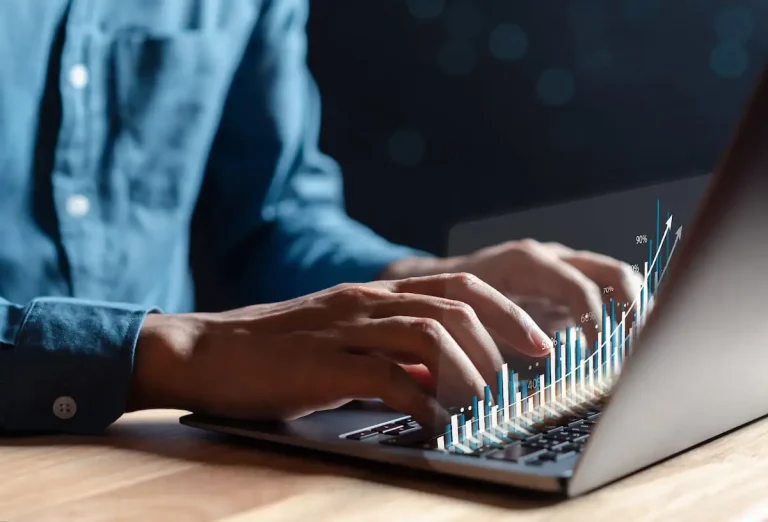
Benefits of Real World Assets Tokenization
There are many potential profits of tokenizing RWAs utilizing blockchain technology. Let’s consider the main advantages of this solution:
- Tokenization provides partial ownership of an asset, which positively affects liquidity. Now, small participants may purchase and trade asset securities previously inaccessible or too significant for investment.
- Such assets can be traded on worldwide websites 24/7, guaranteeing maximum accessibility and democratization of investment potential.
- Tokenization reduces the need for middlemen, streamlines processes, and potentially cuts expenditures.
- All operations are displayed in a decentralized registry, which makes them as secure and transparent as possible. It raises confidence in assets and decreases the risk of fraudulent manipulations.
Through tokenizing classical financial instruments, industry members can diversify their portfolios and access a broader range of resources.
Risks and Challenges Concerned with Tokenization of Real World Assets
Don’t underestimate the dangers of tokenization. Security issues in blockchain systems pose significant risks. Inaccuracies in smart contracts or deficiencies in the underlying technology may result in the loss of investor capital.
In addition, the lack of standardized directives for commercial portals where operations with tokenized assets are carried out creates problems of transparency and protection of industry participants’ interests. Market manipulation, insider trading, and a lack of clear norms for how disputes are resolved often cause investor mistrust.
Another barrier is determining the fair value of illiquid property, especially if it is divided into individual tokens. This requires rigorous assessment methods and procedures. Real-time pricing and syncing the value of asset-backed tokens with volatile market conditions complicate matters.
Future Trends
Experts expect real world assets that have been tokenized to expand and improve. As the legal framework changes and adapts to the novel category of resources, investors and other market participants can expect increased confidence.
More flexible cooperation between different blockchain systems will contribute to forming a worldwide tokenized asset system. Updates to the distributed ledger and DeFi will create additional opportunities to generate revenue and develop new financial products.
Adopting the Internet of Things with real-time resource control and optimal security measures will increase investor confidence in tokenized resources. Tokenization is expected to increase in asset categories such as intellectual property and carbon credits, providing additional investment opportunities.
